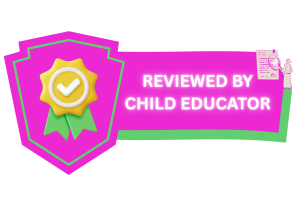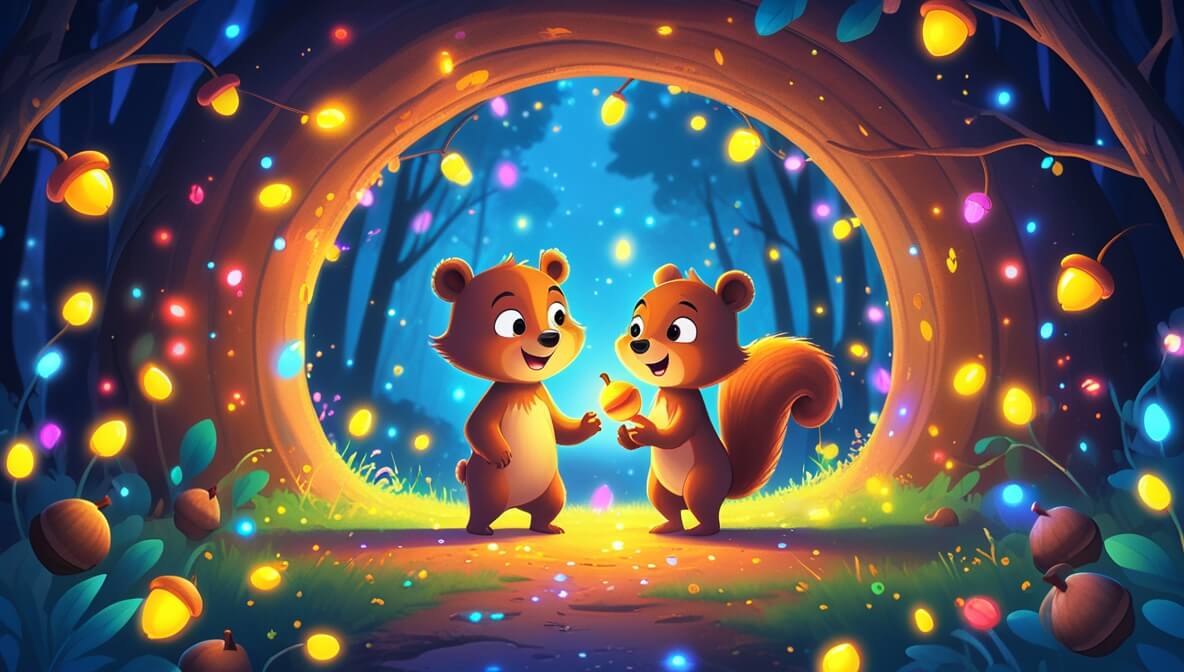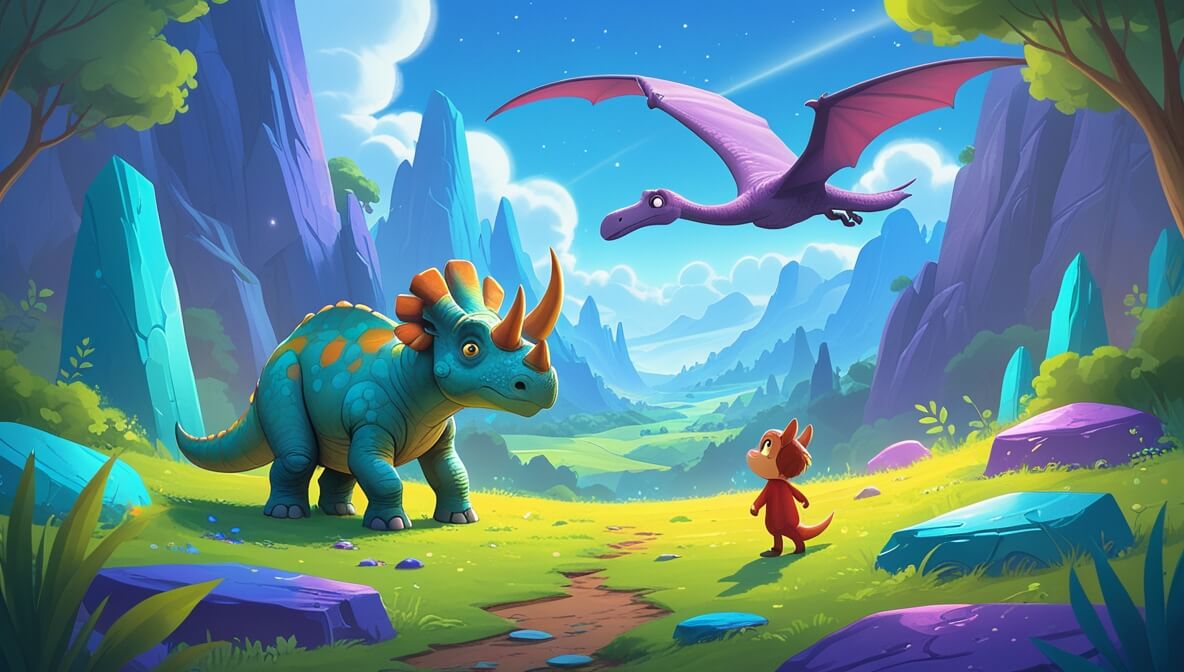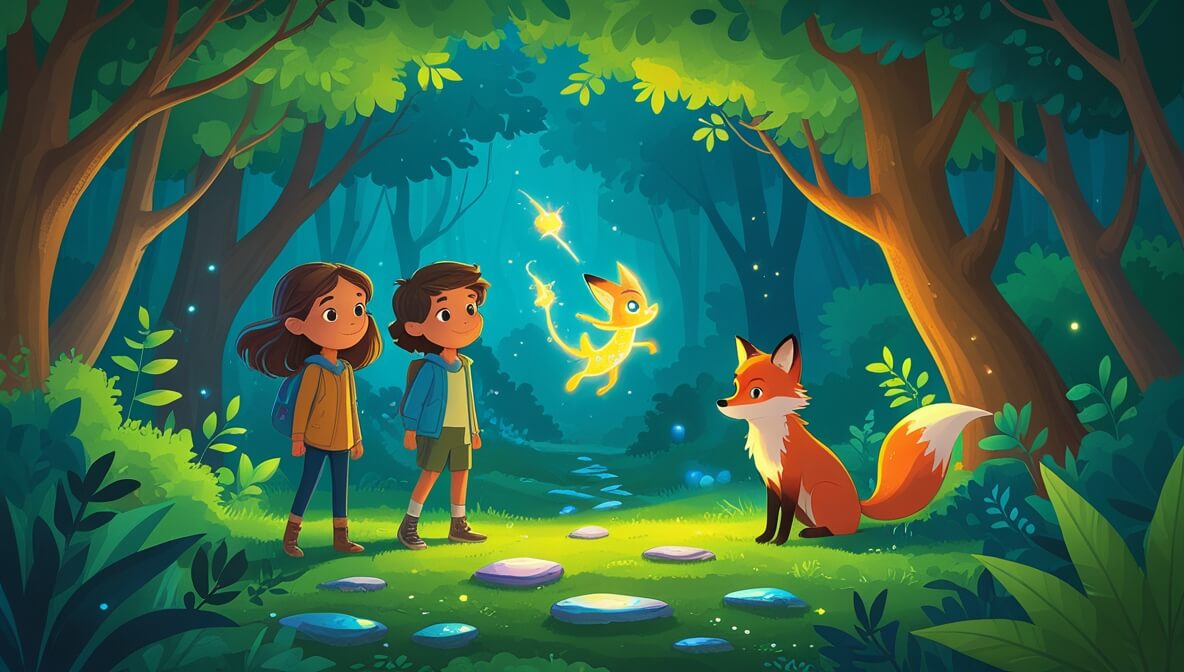A young sailor stumbles upon an ancient map that leads to a legendary treasure. But will the unpredictable sea and its mysteries stand in his way?
Age Recommendation
3 – 12 years
Characters
Characters:
- Captain Radley – A brave and adventurous pirate captain with a heart of gold.
- Finn – A curious young sailor eager to explore the world.
- Milo – The loyal parrot who loves to mimic the crew.
- Old Salty – The wise and experienced first mate.
Story
In the bustling port of Seagull Bay, young Finn watched as ships came and went, dreaming of adventure. One day, while exploring the old docks, Finn discovered a weathered map tucked away in a forgotten corner of an ancient ship.
The Map’s Secret
Excited, Finn rushed to Captain Radley, who looked at the map with wide eyes. “This,” he said, “is the map to the legendary Golden Cove, where treasures beyond imagination lie.” The crew of the Sea Serpent, Radley’s ship, gathered around, their hearts pounding with excitement.
Setting Sail
With the map in hand, the Sea Serpent set sail under the bright morning sun. The sea was calm, and the wind filled the sails as Milo squawked, “Treasure ahead!” The crew’s spirits were high, singing sea shanties as they sailed into the horizon.
The Stormy Challenge
Days passed, and the sea turned restless. A fierce storm approached, tossing the ship like a toy. Finn held tight to the mast, while Captain Radley shouted orders to the crew. “Keep steady!” he roared. With teamwork and determination, they battled the storm, guiding the ship through the crashing waves.
A Mysterious Island
After the storm passed, the sun rose to reveal a mysterious island in the distance. “There it is,” Old Salty said, pointing. The island was lush and green, with tall cliffs and hidden lagoons. They anchored the ship and ventured ashore, the map leading them to a hidden path.
The Treasure’s Guardian
Deep within the island, they found a cave guarded by legends of old. Inside, a shimmering chest awaited, but they were not alone. A wise old turtle, the guardian of the treasure, emerged. “To claim the treasure,” he said, “you must pass the test of bravery and kindness.”
The Test of Bravery and Kindness
Captain Radley stepped forward, sharing tales of their journey and how they helped those they met along the way. The turtle nodded, opening the chest to reveal gold and jewels. But the real treasure, he said, was the friendship and courage they discovered on their journey.
The Journey Home
With their hearts full of joy, the crew returned to the Sea Serpent. As they sailed home, Finn looked back at the island, knowing he had found more than just treasure. He had discovered the true meaning of adventure.
The end.
Moral of the Story
True treasure is not just gold and jewels, but the friendships we make and the courage we find within ourselves during our adventures.
Questions to Think About
- What do you think was the most exciting part of Finn’s adventure?
- Why do you think the wise turtle tested the crew with bravery and kindness?
- How do you think Finn felt when he found the map for the first time?
- What do you think is the real treasure that Finn discovered?
- Would you like to go on a pirate adventure? Why or why not?
Do You Know
- Some pirate ships had parrots onboard because they were good companions and could mimic human speech, keeping the crew entertained.
- Real pirate crews often had strict rules to ensure fairness and teamwork, much like Captain Radley’s crew.
Word Explorer
- Legendary: Very famous and admired, often talked about in stories.
- Bravery: Being strong and not afraid in the face of danger.
- Adventure: An exciting journey or experience.
Emotions in the Story
- Excitement: When Finn discovered the old map and realized it could lead to treasure.
- Fear: During the fierce storm, when the ship was tossed by the waves.
- Joy: When the crew found the treasure and realized the value of their friendship and courage.
Color Your Scene
Imagine the moment when the Sea Serpent sails into the mysterious island after the storm. Picture the bright sun rising over the green island with its tall cliffs and hidden lagoons. Use shades of blue for the sea, green for the island, and gold for the treasure waiting inside the cave.
Parents’ Corner
This story is a wonderful opportunity to talk to your child about:
Teamwork: Discuss how Captain Radley and his crew worked together to overcome the storm and find the treasure.
Bravery: Share how Finn and the crew faced their fears during the storm and the treasure’s test.
Kindness: Highlight the importance of helping others and being kind, like Finn did on his adventure.
Values over riches: Talk about how true treasure is often found in experiences and friendships, not just material wealth.











